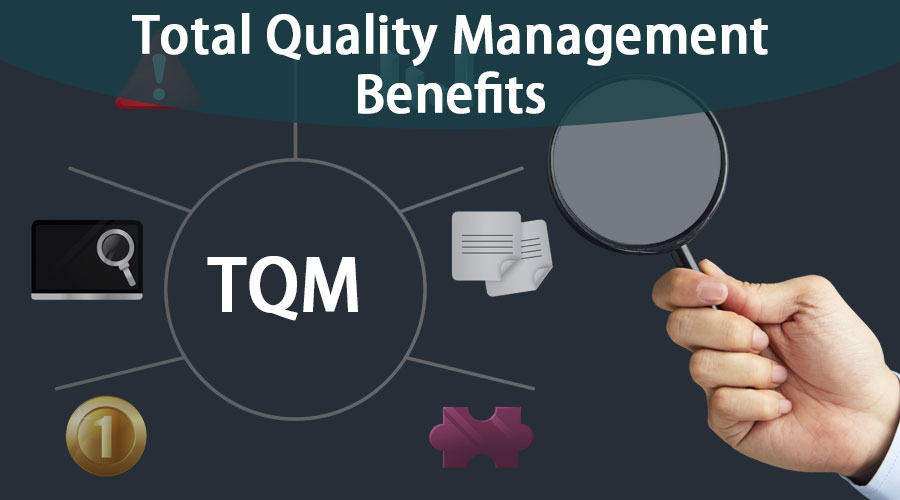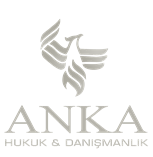The Benefits of BIM for Small Construction Companies

Additionally, the organization should continuously monitor the performance and customer feedback to ensure the sustained success of TQM. Additionally, TQM promotes the use of data and metrics to measure performance, this allows organizations to identify areas where improvements can be made and track the progress over what are education tax credits time. By measuring and analyzing performance data, TQM helps organizations to identify bottlenecks, inefficiencies, and other issues that may be impacting productivity. While there is no single agreed-upon definition, this management approach prioritizes universal quality improvement and customer satisfaction.

What companies use TQM?
Consumer satisfaction motivates organizations to keep delivering high-quality products in the market. One of the key benefits of TQM is that it prioritizes the customer’s requirements and expectations and encourages innovation, leading to enhanced satisfaction and loyalty of the consumers for a longer duration. One of the benefits of TQM is increasing job security through efficiently establishing the organization in the business market. This stability of the organization with improved work culture and increased opportunities ensures higher job security for employees. All departments that contribute to the creation of a product or service — including design, engineering and marketing teams — participate in TQM.
D. Measuring and analyzing performance
The theory holds that customer satisfaction will increase by being operationally excellent. Many principles drive TQM, but the overall purpose is to eliminate errors, streamline processes, and maximize efficiency. The approach enables enhanced satisfaction of the customers, which further helps promote the products in the market, increasing its market value and competencies among businesses in the market. Incorporating technologies in QMS, real-time monitoring, proactive quality control approach, and predictive analytics can further play a key role in increasing the production of goods and services. We’re going to dive into the pros and cons of total quality management to provide transparency on where we’ve seen organizations struggle.
Strategic Approach
- His approach combines practical experience with a deep understanding of business fundamentals to drive meaningful change.
- Data may transfer between departments freely, but there is a human element to coordinating processes and making sure an entire production line is operating efficiently.
- Everyone is working towards the same goal, and all teams are accountable for results.
- Since customer expectations keep shifting, an organization that constantly looks for improvements in operations and its products and services naturally delights its customers.
- It includes the 5 Ss, seiri, seiton, seiso, Seiketsu, and shitsuke, translated loosely into English as sort, set in order, shine, standardize, and sustain.
This can lead to increased flexibility and adaptability, as different departments and functions can more easily share knowledge, skills, and resources. Total Quality Management (TQM) enhances employee engagement and empowerment by involving employees in the quality improvement process and providing them with the tools and training they need to improve quality. To know if you’re moving in the right direction, you need to measure progress. Developing quality measures involves setting up metrics that reflect the organization’s performance in terms of quality. These metrics act as signposts along the journey, showing how far you’ve come and where you need to focus your efforts. They help in tracking improvements, identifying areas that fall short of standards, and making informed decisions about where to allocate resources.
Toyota implemented TQM in the 1950s and has since become a global leader in the automotive industry. Instead of just throwing ingredients together and hoping for the best, you follow steps that make sure the cake turns out great every time. In a company, this means organizing work into clear steps and making sure everything is done right at each step to get the best final result.
D. Reduced costs and increased profitability
Define your process clearly and analyze it constantly to detect flaws or issues. They’re designed to make implementation and management easier, helping you achieve better results. Total employee involvement means everyone who works at the company, no matter their job, gets to help make things better. It’s like a sports team where every player, not just the stars, has a role in winning the game. When everyone shares their ideas and works together, they feel like they’re part of something big and are more likely to care about their work and do a good job.
Management acts as a facilitator by providing quality staffing and training and setting goals. Drive continuous quality improvements and better, safer products with Propel for happier customers and higher profits. In the automotive world, Toyota’s embrace of Kaizen to streamline production, reduce waste and improve product quality is a classic application of the total quality management principles. Adopt this approach with all your major processes, and customer centricity naturally becomes front and center of how you do business. This is a critical element of how total quality management is defined and executed. Celebrating successes and improvements is important, as this helps build employee confidence and commitment.
Nichols suggests that companies with interest in pure TQM may pursue something like the Baldrige award. Worldwide, countries such as Germany, France, the UK, and Turkey established TQM standards. For example, PDCA appears under the Six Sigma method DMAIC (define, measure, analyze, improve, control). And in the 2000s, the ISO governing body recognized TQM as a foundational philosophy.
Effective communication plays a large part in TQM to motivate employees, educate members along a process, and avoid process errors, whether it is normal day-to-day operations or large organizational changes. Further developments in Shewhart’s work introduced new standards in quality management decades later. The work was based on Juran’s experience of being invited to Japan by Japanese scientists and engineers. Juran later co-authored “Quality Planning and Analysis,” another bestseller in TQM. Reduced cycle times, streamlined workflows, and optimised resource allocation contribute to better productivity. For instance, process mapping and analysis can help identify bottlenecks and remove redundant steps, resulting in faster turnaround times.
Since customer satisfaction is the primary focus of TQM, it provides a pathway to understanding the needs and demands of the consumer market. Therefore, it enables the organisation to deliver products/services tailored to the market. Monitoring processes and optimising them according to market trends, regulatory bodies, and patterns contributes to the success of the products. When goods or services meet the business goals, the business stays competitive. Monitoring processes and keeping them updated according to the regulatory bodies, market trends, and patterns contributes to the success of the products. Once the goods and/or services meet the business goals, the business remains competitive.


